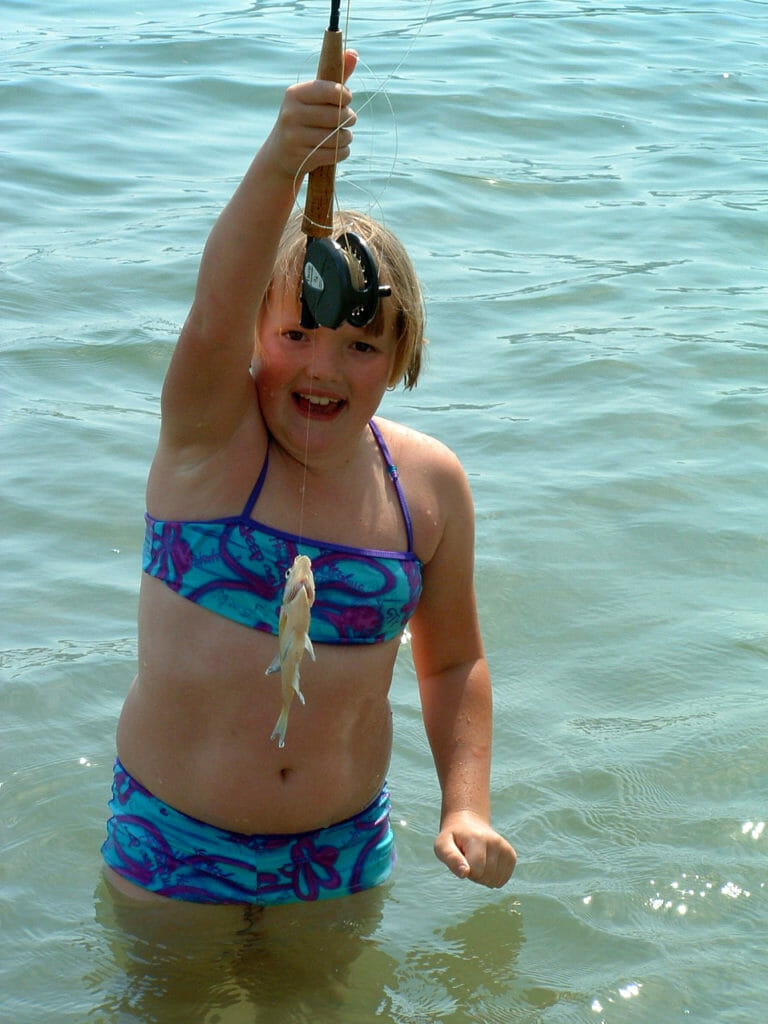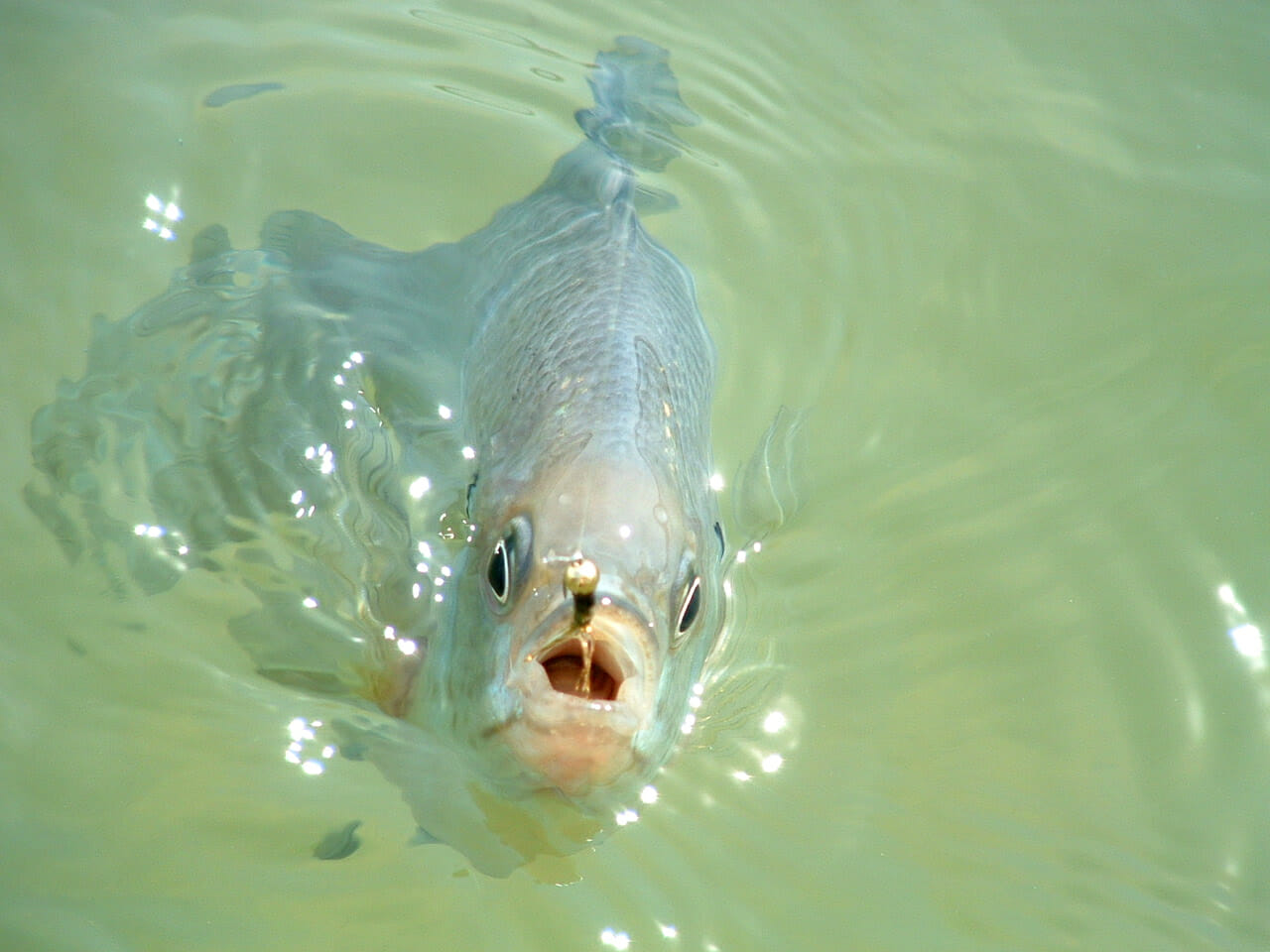Across the country, the panfish bite is on. Or it’s about to be on, depending on where you live. And don’t be shy. Take your limit. Especially of the small ones.
Panfish, like bluegill, bream, pumpkinseed and almost all varieties of sunfish are prone to overpopulating and stunting in a lot of lakes and ponds. For that reason, many state fish and wildlife agencies encourage anglers to harvest their limit of small sunfish.
In Minnesota, for instance, the state Department of Natural Resources asks anglers to keep their limits of sunfish, particularly those under about 7 inches.
“We encourage anglers to keep sunfish under 7 inches and consider releasing the ones 9 inches or larger,” said Jon Hansen, fisheries management consultant for MDNR. “This is opposite what many anglers grew up hearing, but it’s good news for anyone who wants high odds of bringing home a meal of local, healthy food.”
For the most part, sunfish are, indeed, healthy, particularly if harvested from clean lakes (check with your state fish and game department or health department for a list of waters where harvested fish can be consumed). And, as a bonus, their mild, white flesh makes for a delicious meal, especially if you can get enough of them. Fish fry, anyone?
The logic behind keeping the smaller fish? Larger sunfish are usually males that guard the nests starting in the spring and continuing into early summer. Releasing these larger fish is a good idea, because harvesting them removes the need for other fish in the population to grow larger in order to compete with other large males for spawning females. If the larger fish are gone, the smaller fish don’t have the incentive to put on the ounces—instead, they invest their energy in spawning at earlier ages when they’re smaller.

Bluegills are also great fly-rod targets, and an excellent fish to go after when teaching new anglers to fly fish. In the spring and early summer, during the spawn, these panfish are usually in the shallows and around good structure—larger males are either spawning or guarding nests from other fish, so they’re aggressive and will readily hit small streamers and nymphs stripped near the bottom. They offer new fly anglers a real chance at consistent success, and, on light tackle, they’re great fighters.
Later in the summer, bluegills are also fun to catch on top, using small poppers and gurglers. In the heat of the summer, when trout waters might be approaching dangerous temperatures and anglers are advised to leave them be, panfish are great alternatives—they remain active, even on the warmest summer days.



